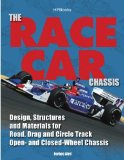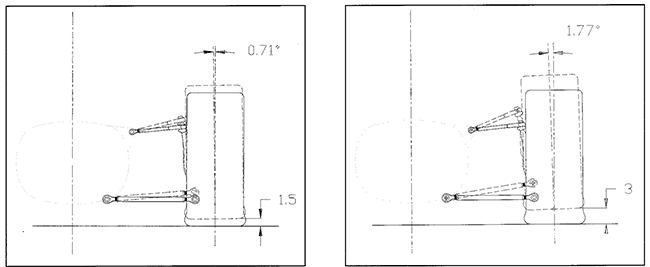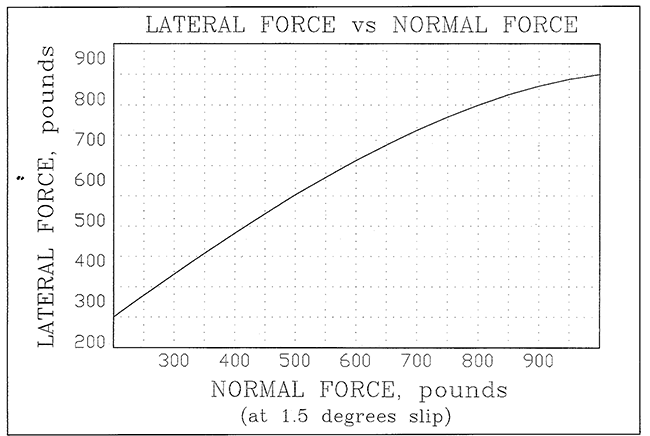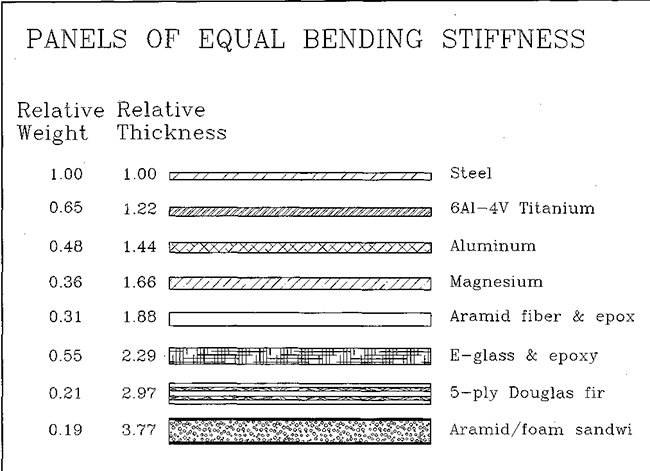The Race Car Chassis : Design, Structures and Materials for Road, Drag and Circle Track Open- and Closed-Wheel Chassis

- All
Overview
Aspiring designers will find Forbes Aird’s book on chassis design to be a good introduction to the fundamental purposes, structures and materials of race car (or road car) chassis. What the book might lack in formulas and design calculations, it makes up for in sheer breadth of chassis design and construction ideas. It provides sufficient information to the reader to leave them with a solid understanding of the various chassis types, materials and construction so they can make informed choices about designing their own chassis.
Review
By Matt Gartner
When I first started learning about race car design, two books provided some of the most useful information I found: Herb Adam's "Chassis Engineering"and Forbes Aird's "Race Car Chassis : Design and Construction". The former explained the concepts of vehicle dynamics, suspension, and chassis (Review is here). The latter discussed a broader range of chassis types, their fundamental strengths and weaknesses and insights into the design and construction of each chassis type.
When the information from these two books was combined, I had the confidence to really start conceptualizing and sketching potential chassis designs. Herb Adam's "Chassis Engineering" enabled me to understand the dynamic interactions of the vehicle's weight, suspension and chassis (frame). Forbes Aird's "Race Car Chassis : Design and Construction" enabled me to understand the virtues of various chassis types and see many photographs and diagrams of how the chassis design could accomplish design requirements (i.e. Handling loads, allowing maintenance access, safety).
"Race Car Chassis: Design and Construction" has some real strengths that I'd like to discuss. Firstly, it's a book about chassis design that begins in a logical place—the types of chassis there are. It then proceeds to the loads that a chassis (frame) can be expected to handle—fundamental to the ability to design a chassis.
It then goes into detail on the three most common types of chassis that are used on a race car—Spaceframe, monocoque (stressed skin) and tube type. These sections form the bulk of the book and along with excellent discussions of the nature and function of each chassis type, they include many photographs and diagrams make the concepts easy to understand.
Finally, the book wraps up with a pictorial study of examples of chassis types an amateur might use. This section is useful in seeing practical applications of the different chassis types to different types of racing (Drag, stock car, formula car, etc.)
This isn't an empirical design book—it doesn't go into structural design math. However there are easier and less time-consuming ways to mockup/test chassis designs (Balsa models ala Herb Adams or FEA analysis on computers). The key resources this book provides are the principles and best practices used in chassis design, coupled with photos and examples that can easily be borrowed.
Book Sections
The book is divided up into 8 chapters (1997 edition) (The current edition includes an additional chapter on metallurgy and some further revisions, but the bulk of the book is essentially the same):
Chapter 1 - The Idea of a Chassis
This chapter discusses the history and evolution of chassis types. There are plenty of anecdotes on historical designs and how they related to improvements in chassis design. Chassis types include twin tube, four tube, spaceframe, stressed skin and backbone. Photos shown of each type give some good insights.
Chapter 2 - Suspension Systems
Chapter two looks at the evolution of suspension systems. The author discusses the various geometries and their effect on handling/vehicle dynamics (Load transfer, tire grip levels, roll). Spring systems are also discussed for their pros/cons, including unconventional springs such as air and rubber. There are also mentions on developments such as rising rate springing and active suspension.

Above and above right
If the upper link is made shorter than the lower one, upward movement of the wheel causes the wheel to adopt negative (top-inward) camber. The tilting more or less offsets the lateral scrub and the result seems to suit cars of all sorts, whether for road or race track. For race cars, however, the really significant aspect is that this negative camber now tends to counteract the positive camber that results from chassis roll, helping to keep the tires flat on the pavement.

The amount of lateral force a rolling tire can potentially produce depends, in part, on how heavily the tire is loaded. Increases in the force clamping the tire to the ground--the "normal force"--yield increases in the lateral force. note, though, that the relationship is not linear; the increase in lateral force dwindles as the normal force rises. This has fundamental effects on a car's handling, as explained in the text.
Chapter 3 - The Loads on the Vehicle Frame
As this chapter's title suggests, it deals with the loads experienced by a chassis that a designer must take into consideration--bump, braking, acceleration, torque and aerodynamic loads. There is a comparison of the different chassis types around torsional rigidity and structural efficiency, which are insightful and useful to a designer.
With the fundamentals described in the first three chapters, the book proceeds to specific chassis types.
Chapter 4 - "Four Tube Chassis and Spaceframes"
This chapter talks about the different types of cars using spaceframes and the use of triangulation within different sections of the car. There are plenty of real car photos and diagrams in this chapter which help to visualize and offer amateur designers ideas for their own designs.
There is a handy diagram demonstrating how suspension loads are applied to a frame and other diagrams on using skin/monocoque type structures in lieu of diagonal members (Think designing for the big openings you can't put a tube across). Some examples of spaceframe mounting bracket design are also given.
Chapter 5 - Stressed Skin Construction
In this chapter, the author teaches the principles and evolution of stressed skin designs including semi-monocoques and monocoques. Like the previous chapter, there are some good photos/cut-aways to show this chassis type in practice. There is some information on crash safety design as well.
Chapter 6 - Tube Frame Materials and Details
This chapter focuses on the materials used in tube/spaceframe designs and their properties. I like this chapter because it has some very practical advice on tubing materials, tubing diameters, and wall thicknesses. There is a comparison of carbon steel grades as well as a discussion on structural shape properties and the strength of round versus square tubing.
Chapter 7 - Stressed Skin Materials and Details
Like the previous chapter, this one focuses on the materials and structural design, but this time for stressed skin/monocoque designs. This chapter does not go into detail (at least not that needed to design with), but in my opinion provides more of an overview of the materials and basic methods available. There are books on composite design and construction (Which is the preferred method for monocoque construction these days) that will surely provide better design and construction advice, but this chapter does at least offer some basics to consider.

The amount of lateral force a rolling tire can potentially produce depends, in part, on how heavily the tire is loaded. Increases in the force clamping the tire to the ground--the "normal force"--yield increases in the lateral force. note, though, that the relationship is not linear; the increase in lateral force dwindles as the normal force rises. This has fundamental effects on a car's handling, as explained in the text.
Chapter 8 - Survey of Current Types
Often in the rush to design a particular car type, we overlook the virtues of the design used in other cars. This chapter provides a host of photographs of different car types and also discusses the unique aspects of how each car type makes use of its chassis. Car types include sprint, dragster, stock car (aka NASCAR tube frame), F1/Indycar and lightweight road racing cars.
Helpfulness to amateur race car designers
This book teaches the principles of chassis design and offers practical information, diagrams and photographs about the most widely used chassis types. It provides numerous chassis options for designers to consider in their own vehicle designs.
1

 (
(

